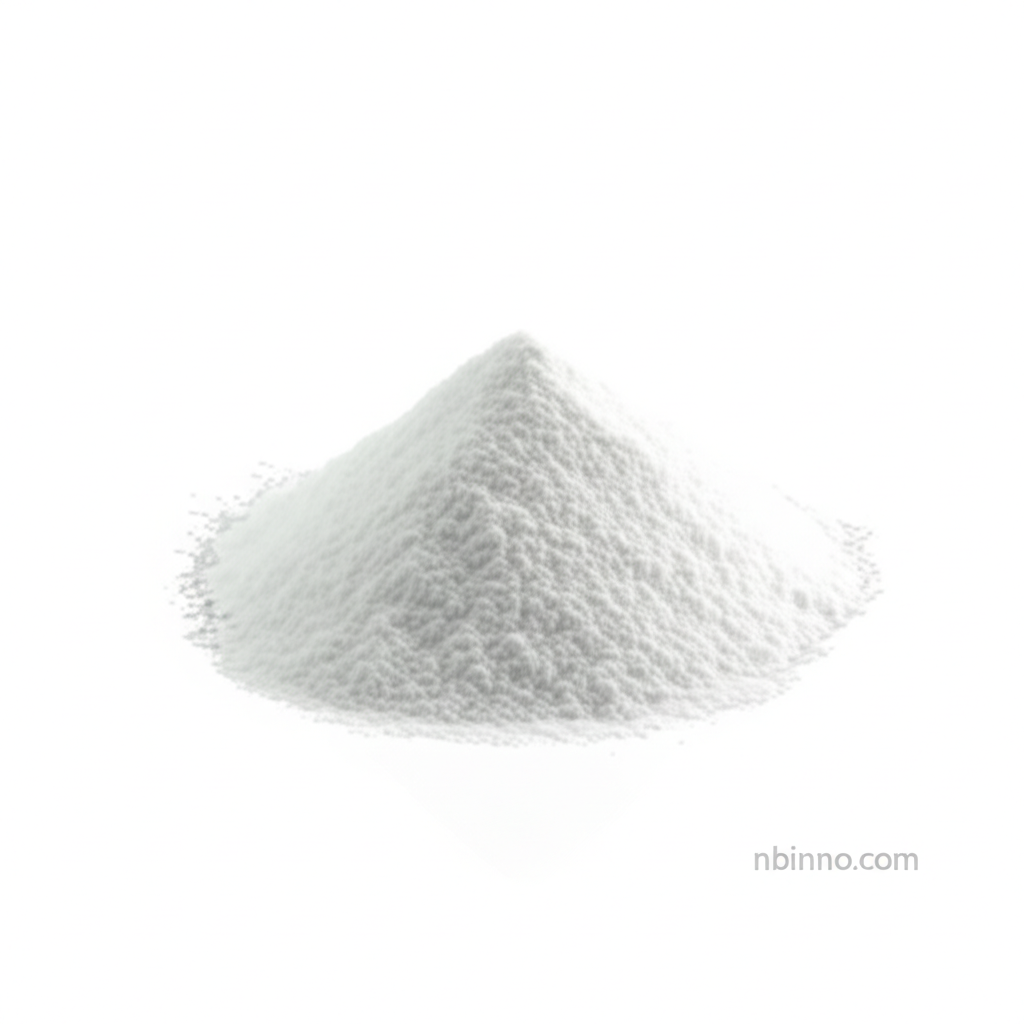Tetramethyl-1,3-Cyclobutanedione: A Versatile Precursor for Fine Chemicals and Pharmaceutical Intermediates
Discover the essential role of this key chemical intermediate in advancing your synthesis and research goals.
Get a Quote & SampleProduct Core Value

Tetramethyl-1,3-Cyclobutanedione
Tetramethyl-1,3-Cyclobutanedione, identified by CAS number 933-52-8, is a critical building block in organic synthesis. Its primary utility lies in its function as a precursor to dimethyl ketene, a highly reactive intermediate used in various chemical transformations. This compound's molecular formula is C8H12O2, with a molecular weight of 140.18. It typically presents as a white to off-white solid, with a melting point around 114-116 °C, making it a stable and manageable reagent for laboratory and industrial applications.
- Unlock new synthesis pathways by leveraging Tetramethyl-1,3-Cyclobutanedione as a precursor for dimethyl ketene.
- Discover the utility of this chemical reagent in complex organic synthesis projects.
- Source high-purity Tetramethyl-1,3-Cyclobutanedione for reliable fine chemical synthesis.
- Incorporate Tetramethyl-1,3-Cyclobutanedione into your pharmaceutical intermediate production for enhanced efficiency.
Key Advantages
Versatile Precursor
As a precursor to dimethyl ketene, this compound opens up a wide array of reaction possibilities in chemical synthesis, aiding in the creation of complex molecules.
Broad Applications
Its role extends to being a vital component in the production of fine chemicals and crucial pharmaceutical intermediates, demonstrating its versatility.
Reliable Quality
Sourced and verified for purity, ensuring dependable results when used as a chemical reagent for your most demanding applications.
Key Applications
Dimethyl Ketene Generation
The primary application of Tetramethyl-1,3-Cyclobutanedione is its decomposition to yield dimethyl ketene, a reactive species vital for many organic reactions.
Fine Chemical Synthesis
Utilize Tetramethyl-1,3-Cyclobutanedione in the synthesis of various fine chemicals, contributing to diverse industrial processes.
Pharmaceutical Intermediates
This compound serves as a valuable intermediate in the pharmaceutical industry, facilitating the creation of active pharmaceutical ingredients (APIs).
Material Science
Explores its potential as a material intermediate, contributing to the development of novel materials with unique properties.
